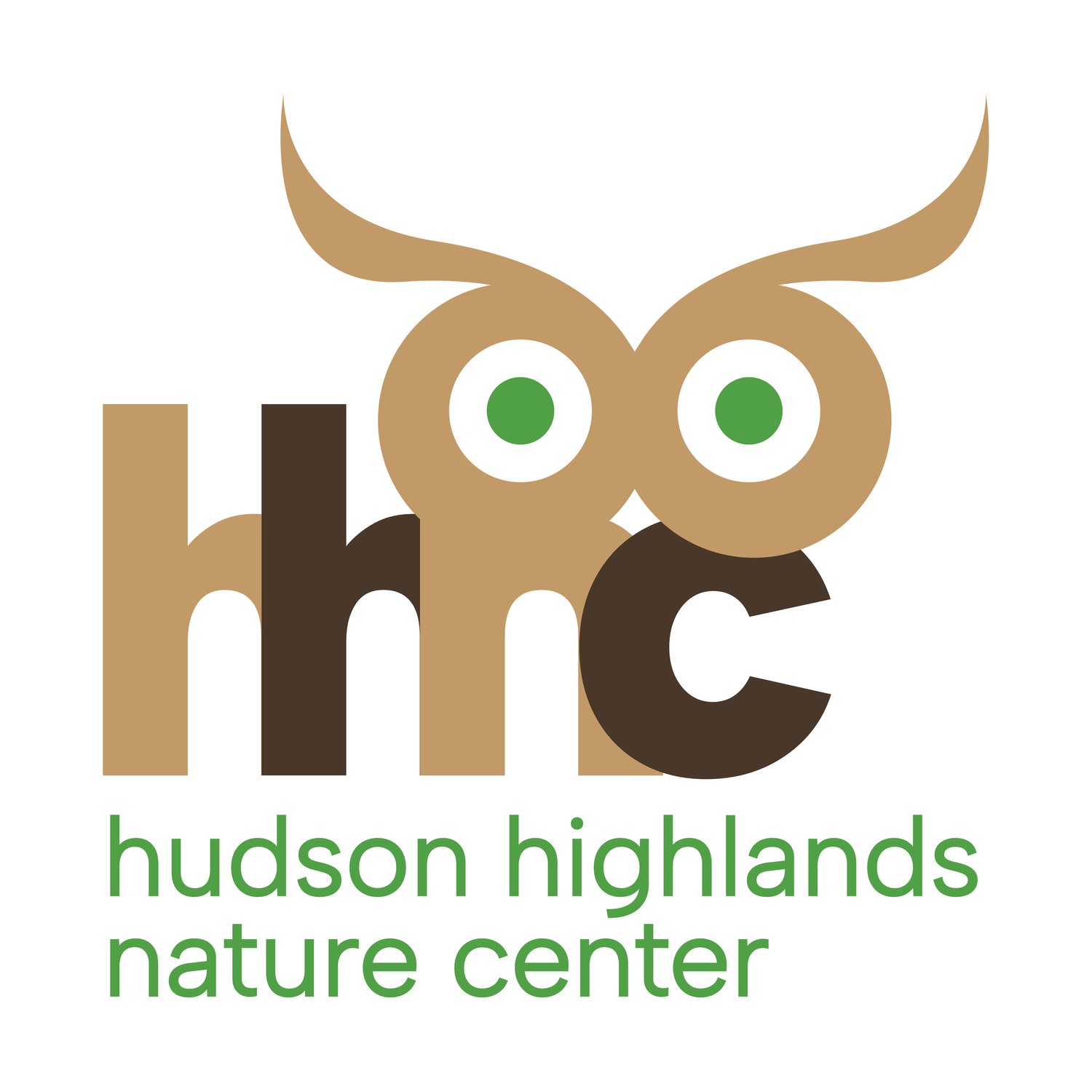Throughout the year, different sciences themes will be studied, allowing the students the opportunity to explore, discover, and create from the knowledge they gain. Each student maintains a science discovery journal to keep records of their observations and experiences.
Ecology/Caring for the Planet- Students experiment with various pollutants to see the harmful effects they have on our ecosystem. They investigate the plight of endangered species and what they can do to help raise awareness. The students sort trash, practice conservation, and make interesting use of discarded materials as they investigate the three R’s of ecology: reduce, reuse, recycle.
Insects- Through observation and exploration of a variety of insects the students discover how to identify an insect by counting its legs and body parts. They compare insect mouthparts to discover what each insect eats and they observe insects to see how they move and protect themselves. Students are introduced to the idea of metamorphosis by observing the life cycle of the monarch butterfly. Camouflage is introduced through I-Spy activities and hide-and-seek games.
Trees/Leaves and Forestry- Students identify the parts of a tree and learn the function of each of its parts. They discover the importance of seeds as they investigate the life cycle of a tree. Students investigate, sort, and compare various leaves and learn to identify local trees by their leaves and bark. The children observe trees and marvel at the changes that each season brings. They learn to appreciate the forest as they discover the abundance of life that counts on it for survival.
Astronomy/Planets/Solar system- Students learn about the planets of our solar system and take a “journey” to each to determine if life could exist on any others. As they encounter storms, poisonous gases, and extreme freezing and boiling temperatures, they discover that the only planet that can sustain life is Earth. They come to realize the value of our natural resources and how important it is to care for them. The children learn about the excitement of space travel and the thrill of observing the nighttime sky and all of its wonders.
Winter Explorations & Nature Art- Students discover how animals change in winter. They use natural materials to explore drawing, collage, sculpture, and/or other artistic modalities to learn how all of nature can change and vary in different seasons as well. The children encounter physics as they sled, skip rocks on frozen ponds, and use sticks and their bodies to write and draw in the snow.
Birds- Students use binoculars and field guides to become bird watchers and learn to identify the birds that are common to our area. They work in cooperative learning groups to research a native bird. Together they investigate how to build the bird’s nest and use natural materials to build one themselves. They learn to look at the bird’s beak to identify how the bird catches its food and what the bird likes to eat. At the conclusion of the unit, each group presents their findings to families and Museum staff at the Bird Presentation.
Life Cycles- Students learn about the life cycle of various animals through observation, stories, and explorations into the woods and fields. They observe the development of worms, beetles, butterflies, and frogs in and outside the classroom. The children discover which animals are born live and which hatch from eggs, and become experts at identifying oviparous animals. They are witness to mating rituals as they explore the fields, woods, and ponds at the Outdoor Discovery Center and observe birds, amphibians, and snakes involved in the rituals of mating.

